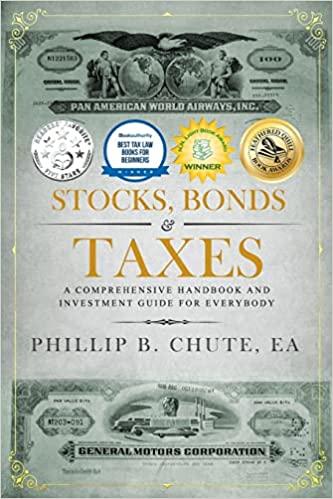Question
PLEASE ANSWER ALL q1. Which of the following statement is correct? a. An increase in value is called devaluation when the government determines the stated
PLEASE ANSWER ALL
q1. Which of the following statement is correct?
a. An increase in value is called devaluation when the government determines the stated par value of a pegged currency.
b. Expectations of central bank behavior also will affect exchange rates today; a currency will decline if people think the central bank will expand the money supply in the future.
c. All the answers are incorrect.
d. The lower euro value reduces the U.S. demand for Eurozone goods, services, and assets.
e. When a government determines the stated par value of a pegged currency, an increase in value is called devaluation
q2. Which of the following statement is incorrect?
a. Most of the answers are correct.
b. When a government determines the stated par value of a pegged currency, a decrease in value is called devaluation.
c. The central bank acts as a lender of last resort to banks and other institutions with the dollarization and the government has full control over monetary policy.
d. A nation with high inflation rate will find its currency value to go down relative to the currencies of countries with lower inflation rates.
e. A nation with poor economic growth will not attract sufficient investment capital leading to a weak currency, other things being equal
q3. Which of the following statement is incorrect?
a. A higher rate of inflation in the United States than in Europe will lead to a depreciation of the dollar relative to the euro.
b. There is no anchor to a currencys value such as gold or other commodities with a fiat money.
c. Most of the answers are correct.
d. Investor expectations of the issuing countries future economic prospects affect currency values as much as the contemporaneous events.
e. A nation with high inflation rate will find its currency value to go up relative to the currencies of countries with lower inflation rates.
q4. Which of the following statement is incorrect?
a. High-risk currencies those associated with more politically and economically unstable nations are valued less than low-risk currencies.
b. Most of the answers are correct.
c. A currencys value with a fiat money is largely determined by the government and pegged to a commodity.
d. With the dollarization, the government loses control over monetary policy and the central bank cannot act as a lender of last resort to banks and other institutions.
e. The complete replacement of the local currency with the U.S. dollar is called dollarization.
q5. Which of the following statement is correct?
a. All the answers are incorrect.
b. A floating currency's value is set by the government and it depreciates if it loses value and appreciates if it gains value.
c. Exchange rates are nothing to do with the expectations of future currency changes, which depend on forecasts of future economic and political conditions.
d. Currency is a financial asset and exchange rate is a simple relation of two financial assets.
e. A decrease in value is called revaluation when the government determines the stated par value of a pegged currency
Step by Step Solution
There are 3 Steps involved in it
Step: 1

Get Instant Access to Expert-Tailored Solutions
See step-by-step solutions with expert insights and AI powered tools for academic success
Step: 2

Step: 3

Ace Your Homework with AI
Get the answers you need in no time with our AI-driven, step-by-step assistance
Get Started


